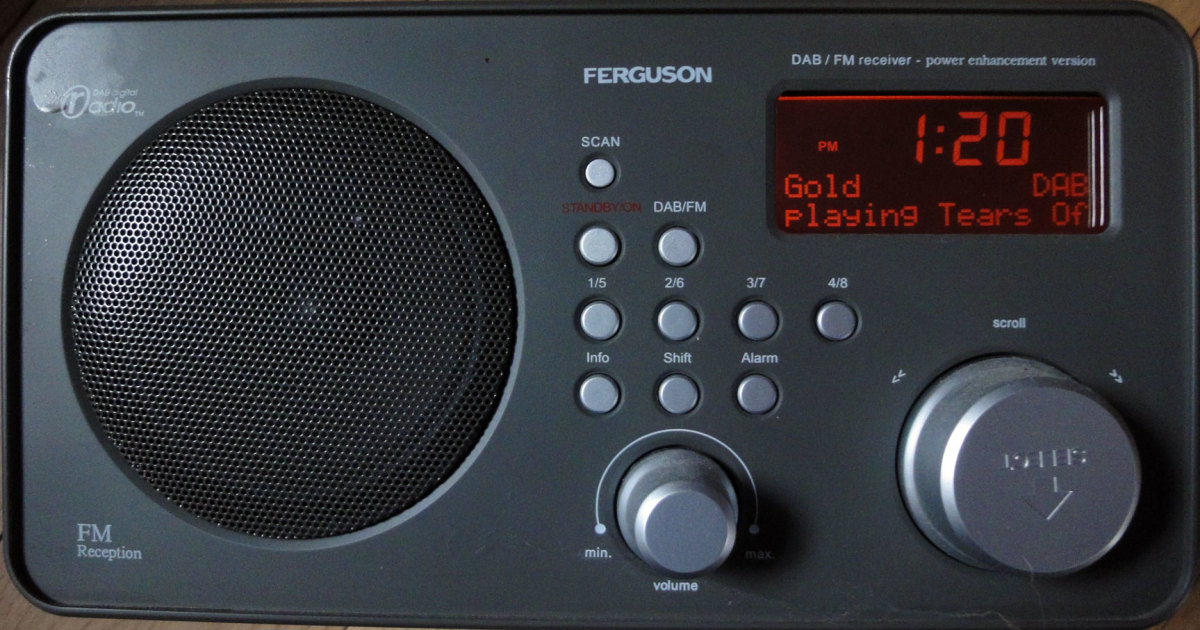WiMAX - Wireless Technologies

WiMAX
WiMAX stands for Worldwide Interoperability for Microwave Access. Simply put, it is a telecommunications technology that provides wireless transmission of data using a number of transmission modes to do so. It was created by the WiMAX forum, which describes WiMAX as "a standards-based technology enabling the delivery of last mile wireless broadband access as an alternative to cable and DSL". This technology currently provides up to 10 Mbps speed in wireless mode. The WiMAX technology is based on the IEEE 802.16 standard, which is also known as Broadband Wireless Access. With the development of WiMAX, now it is expected to provide the phone and Internet access to the areas lacking these facilities, as phone and cable companies haven't yet run wires to these locations.
WiMAX flavors
Since the initial conception of WiMAX, many new applications have been developed and as a result of this development, currently two flavors of WiMAX are available:
- 802.16d (802.16-2004)
- 802.16e (802.16-2005)
802.16d:
It is also known as 802.16-2004 and is closer to what can be termed the original version of WiMAX which was defined under 802.16a. The 802.16d version is mainly aimed at fixed applications and provides a wireless equivalent of DSL broadband.
802.16e:
The 802.16d flavor is also called 802.16-2005. This introduced support for mobility, among other things and is therefore also called the "mobile WiMAX".
Orthogonal frequency division multiple access (OFDMA)
The 802.16e-2005 or mobile WiMAX uses OFDM as a multiple access technique and different users can be allocated different subset of the OFDM tones.
The main advantage of OFDM over single-carrier schemes is its ability to cope with severe conditions of channels (for example, attenuation of high frequencies in a long copper wire, narrowband interference and frequency-selective fading due to multipath) without complex equalization filters.
Working of the WiMAX
Working of the WiMAX technology is a bit different than the WiFi technology and operates at a higher speed than the WiFi. think of it like WiMAX has the potential to do to broadband Internet access what cell phones have done to phone access and it is expected to replace cable and DSL like cell phones are slowly replacing land lines.
A WiMAX system consists of two major parts:
- WiMAX base station
- WiMAX receiver
WiMAX base station
WiMAX base station, which consists of a WiMAX tower and electronic devices, broadcasts WiMAX signals. This tower is similar to a cell-phone tower and a single WiMAX tower is capable of providing coverage to a realy large area which is normally up to 3,000 square miles (8000 square kilometers approx.).
WiMAX receiver
As the name implies, it is a device for receiving WiMAX signals from the WiMAX tower. The receiver can be a small box and could be built into a laptop like a WiFi receiver.
The tower station connects directly to the internet through high bandwidth connection. This tower station can connect to another WiMAX tower using a line of sight, microvave link and this connection to the second tower is known as a backhaul. The backhaul along with a single tower's ability to cover 3000 square miles is what allows WiMAX to provide coverage into remote areas. It also allows WiMAX roaming multiple stations are connected together.
Stats & Technical Details
Frequency bands: 2 to 11 GHz and 10 to 66 GHz. This includes both licensed and unlicensed bands.
Speed: 70 Mbps
Range: 3000 square miles
Cost: $1200 & above








